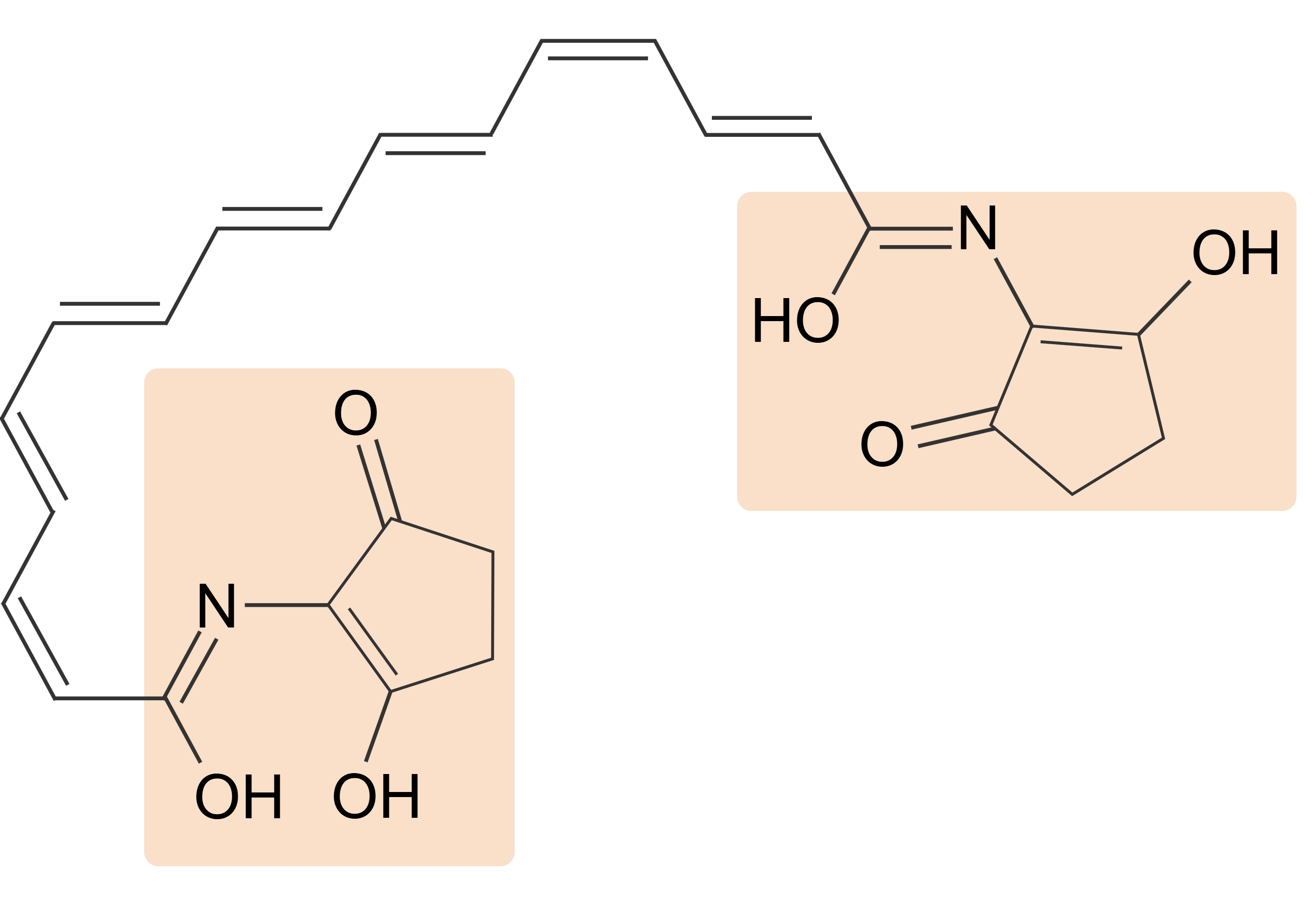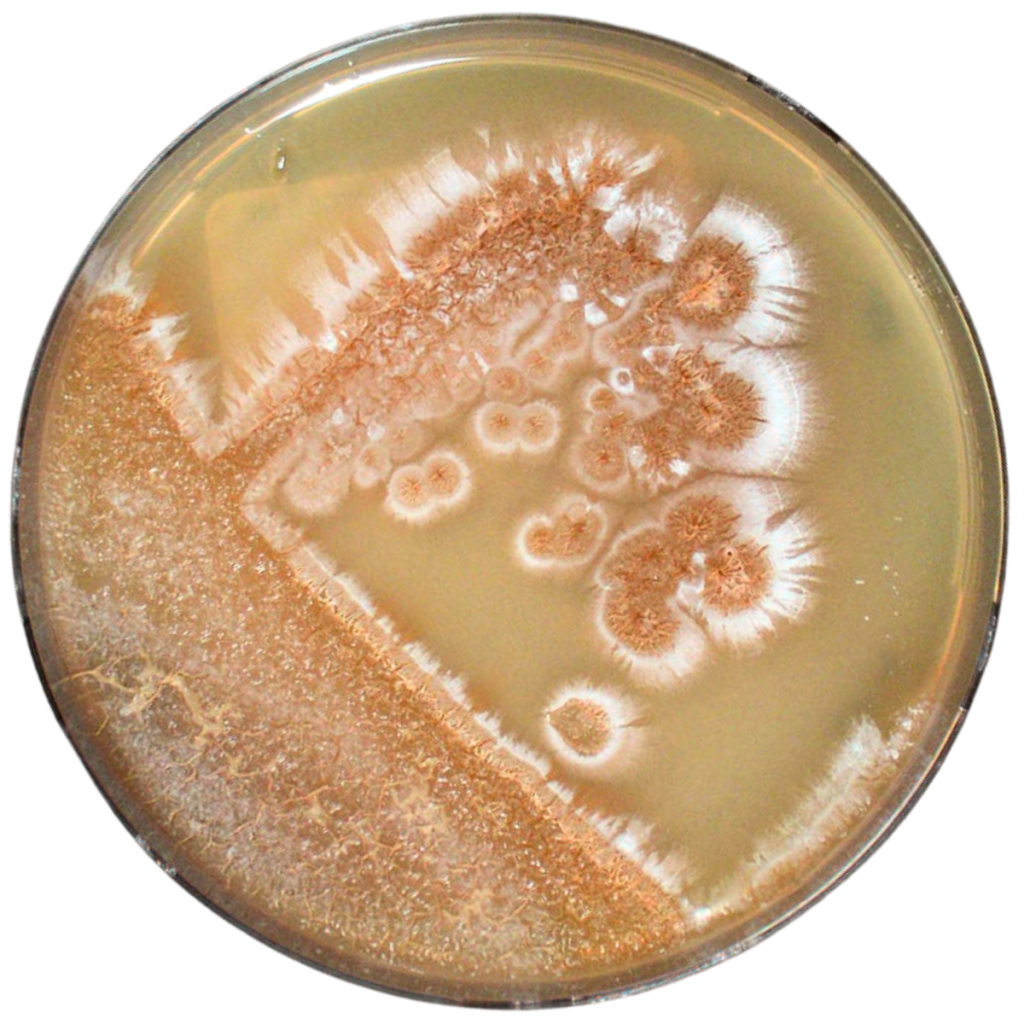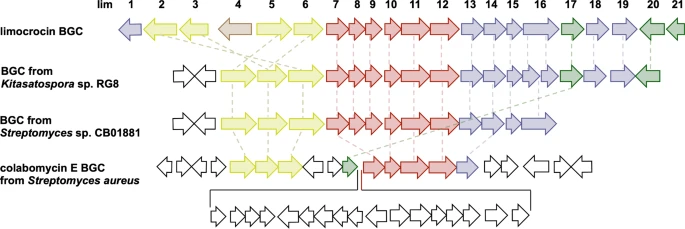In the recent study, our colleagues Sofia Melnyk and Yuriy Rebets with our partners from Ivan Franko National University of Lviv, Helmholtz Institute for Pharmaceutical Research Saarland (HIPS), and German-Ukrainian Core of Excellence in Natural Products Research (CENtR) have successfully uncovered the genetic basis behind the production of limocrocin (LIM), a remarkable antiviral polyketide. This incredible feat was achieved through the in-depth study of biosynthetic gene clusters (smBGCs) in the bacterium Streptomyces roseochromogenes.

🧬What are biosynthetic gene clusters?
Biosynthetic gene clusters are groups of co-located genes that work together to produce complex molecules. In this case, we delved into the smBGCs of Streptomyces roseochromogenes to identify the genes responsible for producing limocrocin.

Actinomycete genomes harbor dozens of BGCs for the production of diverse specialized metabolites. Majority of these BGCs, however, remain cryptic under typical laboratory conditions. Our work sheds the light on the biosynthesis of LIM family compounds in bacteria, which had remained unknown for seven decades, and offers a convenient biological platform to overproduce LIM and generate its analogs.

🔍 Why does this matter?
Limocrocin has shown significant potential in interfering with viral reverse transcriptases, which are enzymes that certain viruses use to replicate their genetic material. This makes limocrocin a promising candidate for antiviral therapies. By unraveling the genetic code behind its production, we can now explore ways to enhance its production and develop new derivatives with even better antiviral properties.
💡 The implications are profound:
💊 Enhanced Antiviral Therapies: With a deeper understanding of limocrocin biosynthesis, researchers can engineer bacteria to produce larger quantities of this compound, paving the way for more effective antiviral drugs.
🧑🔬 New Drug Derivaties: The genetic knowledge allows scientists to tweak the biosynthetic pathways, creating new limocrocin derivatives that could be even more effective against viruses.
🌱 Biotechnological Advances: This research exemplifies how exploring natural biosynthetic pathways can lead to novel biotechnological innovations, potentially uncovering other valuable compounds in the future.